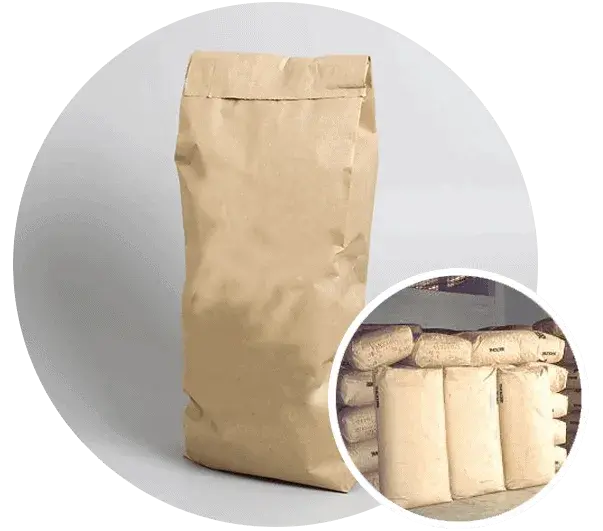
A Guide To Paper Sacks: Types, Uses, And Industry Applications
The market is full of options for packaging solutions, made of everything from durable plastic to mushroom fibres. Yet, despite the wealth of choice, many businesses are rediscovering the distinct advantages of a classic solution: the paper sack. Constructed from resilient wood pulp and often including a high percentage of recycled paper, modern paper food packaging is cost-effective and reliable, and is suited to a diverse range of demanding industrial applications.
Whilst plastic packaging remains an excellent choice for many applications due to its durability, moisture resistance, and versatility, paper sacks offer particular advantages in terms of recyclability and breathability that make them the most economical and compelling choice for certain sectors. Read on as we discuss the types of paper sacks used in the UK and their main industry applications.
What Are The Main Types Of Paper Sack?
Even within the realm of paper sacks, there is plenty of choice! There are four main types of sack used by British businesses, with each type engineered to solve specific challenges related to filling, handling and storage. These are:
Type I: Open Mouth Sacks
These sacks feature a straightforward ‘bag design’ with one end left open for filling. It’s what many people think of when they imagine a paper sack, often full of potatoes or other produce. They come with either a sewn or glued bottom, providing a secure base, and their simple design makes them perfect for manual or semiautomated filling lines where ease of access is important. Once filled, the top is typically sewn or sealed shut with glue.
Type II: Gusseted And Block Bottom Sacks
Stability is a critical factor for efficient warehousing and transport, and so gusseted paper sacks have sides that expand, while block bottom sacks are designed with a flat and square base. This design allows the sacks to stand upright on their own once filled, making them ideal for stacking on pallets or in the back of lorries, and for maximising storage space in the warehouse.
Type III: Valve Paper Sacks
Valve paper sacks feature a small opening, or valve, in one corner. This design is primarily a filling mechanism that allows for efficient automated or manual filling processes. The valve presents to a filling tube, enabling dust-free filling using specialist equipment, after which the valve is closed off to create a secure closure that prevents leaks. This makes valve sacks particularly efficient for powders and granular materials.
Type IV: Lined Paper Sacks
Lined paper sacks combine the advantages of both paper and plastic substrates, protecting the contents from moisture, impact, and other environmental risks. These sacks feature an internal polythene liner that buffers the product against water and humidity. This makes them an excellent choice for moisture-sensitive goods, for products stored in damp conditions, and for those transported in open-top vehicles, such as when transporting minerals and cement.
Which Industries Use Paper Sacks?
The versatility of paper sacks makes them valuable in a wide range of sectors, from food production to farming, to construction. These are some of the main applications:
- Food ingredients: Paper sacks, particularly those specifically designed for paper food packaging, provide a breathable and protective sleeve for bulk ingredients such as flour, sugar, and starches. The sack helps to maintain the freshness and hygiene of the product while meeting strict food safety standards.
- Chemicals: Multi-wall paper sacks are often used for storing and transporting chemical substances. The bags can be engineered to be strong and durable enough to handle a wide range of non-hazardous (e.g. noncorrosive) chemicals, preventing spills and maintaining the integrity of the contents.
- Mineral powders: Industries dealing with powdered minerals such as cement, plaster, and paint pigments need a handling solution that can accommodate fine particles without leakage. Valve paper sacks are particularly effective at this task, facilitating a clean filling process and providing a secure seal that keeps the product contained.
- Agricultural products: From potatoes and parsnips to grass seeds, animal feed, and carrots, the farming sector needs cost-effective packaging that protects products from the elements while allowing for breathability and moisture egress. Paper sacks are the perfect product for this sector, preserving the quality of agricultural goods from the farm to the supermarket.
Find Out More
Get in touch with our team at Cliffe Packaging today and explore our range of environmentally responsible, versatile, and cost-effective paper packaging solutions.
Image source: Canva


